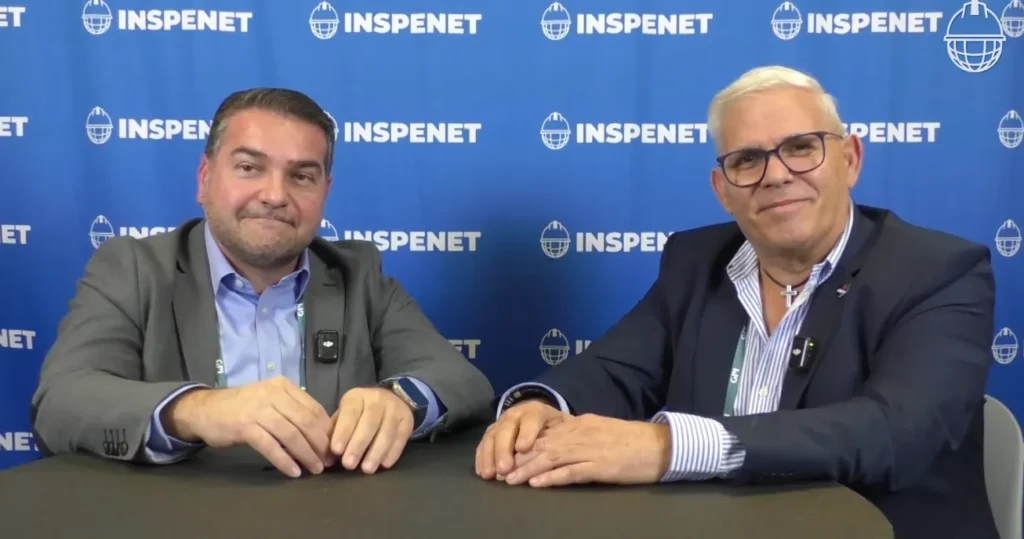Asset Management at BP: A holistic approach and developing future talent
Asset management is a key priority at BP Global, a sector in which they have evolved comprehensively, adapting to the new technological and sustainable demands of the global energy market. BP has positioned itself as a leader in the integration of subdisciplines in mechanical integrity management, the use of advanced technologies to optimize its operations, and its unwavering commitment to reducing CO₂ emissions by 2030.
Comprehensive asset management: The key to success
One of the key transformations BP has undergone in recent years is the integration of various subdisciplines that previously operated in isolation. Francisco Hernández, Chief Engineer of Asset Integrity Management at BP Global, explains that areas such as materials, welding, corrosion, and chemical protection were previously managed separately. However, the company has managed to integrate these fields to offer a 360° view of asset integrity management.
This has not only optimized processes, but has also allowed BP to manage risks more effectively, resulting in increased facility safety and better long-term operational planning.
Use of advanced technologies to optimize assets
The company has been a pioneer in the application of new technologies that enable efficient and sustainable operations. In the materials sector, BP has worked with manufacturers to develop tailored solutions that ensure the durability and safety of its assets, especially in extreme environments. The company has also been able to implement remote monitoring of its processes, enabling constant oversight of its facilities without the need for direct human intervention, guaranteeing more rigorous asset control.
On the other hand, the use of big data and predictive analytics is another key element in asset management. BP has integrated artificial intelligence and analytics models that process large volumes of data to predict asset performance, allowing the company to anticipate failures or maintenance needs before they occur, optimizing costs and improving overall performance.

The commitment to reducing emissions by 2030
According to Francisco Hernández, the company has managed to reduce emissions by 35.4% compared to the 2021 baseline and has the ambition to achieve a 50% reduction by 2030. This goal is not a vague target; BP has well-structured plans, with clear actions and a strategic approach that is already bearing fruit, as evidenced by the results achieved to date.
This commitment to the environment is also reflected in its investments in renewable energy and the innovation of its operating processes to make them cleaner and more efficient. The energy transition is a primary objective for BP, and asset management plays a fundamental role in this process.
Mentoring programs and participation in events such as AMPP
In addition to its focus on integrity and technology, BP has a strong commitment to developing the talent of the future . The company actively participates in mentoring programs and key industry events, such as the AMPP conference. These events provide opportunities to share knowledge and best practices, and foster the growth of the next generation of professionals in the energy sector.
Asset management at BP is a clear example of how technological innovation, sustainability, and talent development can combine to create a more efficient, safe, and environmentally responsible system. BP continues to advance its path toward an energy transition that is not only possible, but also necessary to meet the challenges of the future.
For more content, visit our Special Programs section or our YouTube channel and LinkedIn profile.
Source: Inspenet.

